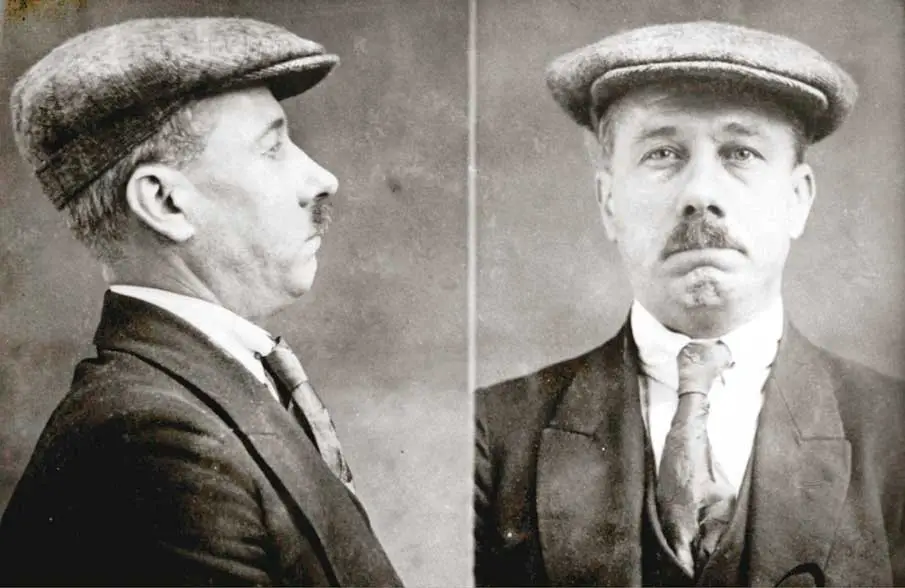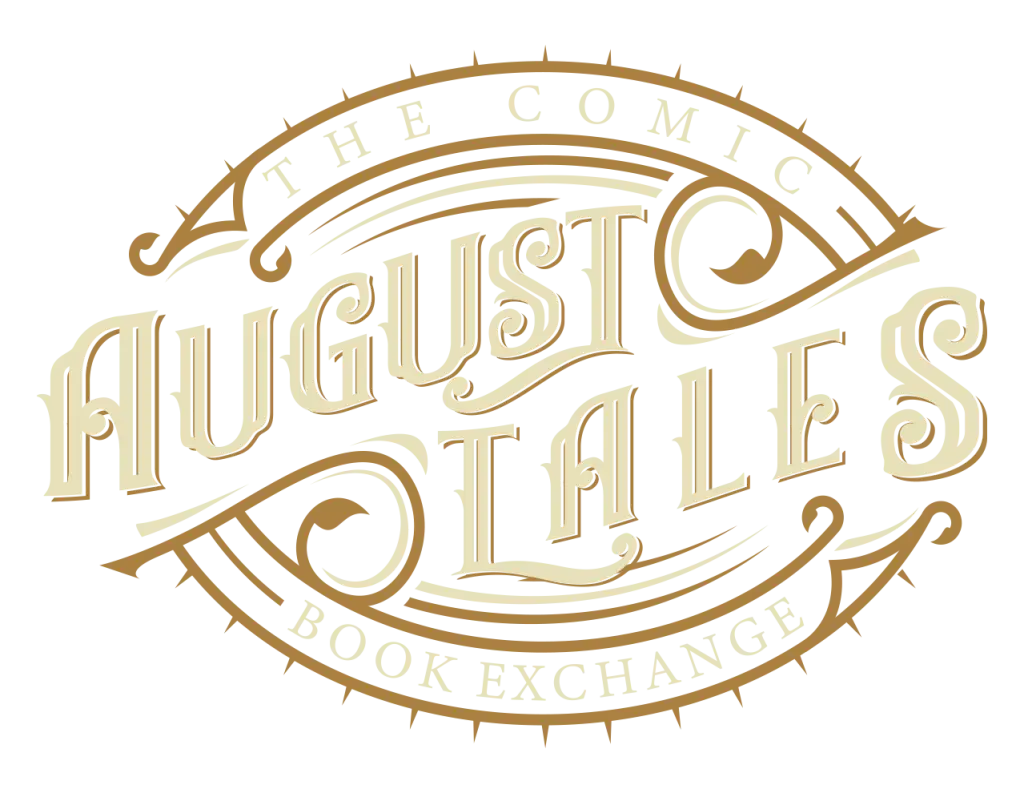The Enigma of B. Traven: A Portrait Crafted with Precision
How do you pen a biography when basic details like the subject’s real name and birth date remain a mystery? Comics writer and artist Golo tackles just such an enigmatic task in "B. Traven: Portrait of a Famous Unknown." Originally published in French in 2007, this profound work has been translated into English by Donald Nicholson-Smith and published by PM Press this year. It vividly chronicles the life of Traven, the anarchist novelist behind renowned works such as "The Death Ship," "The Wobbly," and the celebrated "The Treasure of the Sierra Madre," adapted into an Oscar-winning film in 1948.
Golo’s Artistry and Caricature
French-language periodicals are replete with Golo’s creations. His art graced the satirical "Hiri-Kiri," "Charlie Hebdo," and left-wing "Libération," while he also reached readers in Egypt through "Cairo Times" and "L’Association." Despite my own language limitations, encountering Golo’s distinctive style was a revelation. His cartoony art, rich in caricature, seamlessly transitions to the longer form of Traven’s biography. The narrative pace is brisk, ensuring readers remain engaged.
The text itself, along with PM Press, suggests Traven’s works resonate with the Zapatista movement from Chiapas, Mexico. Indeed, Traven’s themes of indigenous roots and libertarian socialism find echoes in the rebellion. When reading a passage from "Rebellion of the Hanged," one sees these themes extend beyond Mexican natives. Universal sentiments of death, destruction, and repressed rights resonate globally, capturing the struggles of various oppressed groups. Traven’s anarchistic views, with their themes of exploitation and oppression, remain relevant despite being penned nearly a century ago.
The Mysterious Ret Marut
B. Traven’s life, shrouded in mystery, presents questions that Golo cleverly skirts. Many biographers agree with the theory that Traven was the German anarchist “Ret Marut,” yet Marut’s identity remains elusive. Amidst Germany’s tumultuous history, Marut emerged as a staunch critic of the German Empire, war, and capitalism. His writings in "Der Ziegelbrenner" launched fervent attacks, cleverly evading censorship by masquerading as a trade journal.
Golo plays with color masterfully, depicting Traven’s era as Marut primarily in monochrome. This choice evokes the ambience of old films and photographs, interrupted only by flashes of red. Red, symbolizing socialist ideals, underscores the fiery belief in equality and justice. Despite his political differences, Traven’s alignment with the goals of the German Revolution is clear. He was arrested for his criticisms, barely escaping execution, and his books later faced the flames of Hitler’s Nazi censors.
A Journey Unfolds
As Traven navigated life without a homeland, he toiled aboard ships, seeking residency beyond Germany. His frustration with bureaucracy is evident. Golo illustrates officials as overfed cigar-chompers, encapsulating the anarchist view. During interrogations, Golo’s panels narrow, visually trapping Traven and conveying his entrapment.
Golo, at intervals, deviates from the narrative to showcase surrealist imagery related to ancient Mexican history. These splash pages teem with captivating details—majestic temples, Aztec warriors, and Spanish conquistadors. Mexico’s rich history, particularly its indigenous people, frequently inspired Traven’s writing. Traven’s novels, including "Rebellion of the Hanged," are permeated by these influences. Another series of splash pages reflects "Der Ziegelbrenner’s" viewpoints and critiques of societal evils.
Much of the narrative emphasizes Traven’s struggles to make a livelihood. Whether shoveling coal on a ship or laboring in Mexico’s cotton and oil fields, his experiences seep into his writings. It’s hard to imagine an author writing so compellingly about labor without first living that life. Despite the grit, Golo injects moments of levity, such as a successful restaurant worker strike or a peasant’s humorous attempt to buy one of Traven’s puppies.
A Life Unmasked
Golo’s portrayal of Traven evolves throughout the book. Initially cloaked in shadows, Traven appears as an actor obscured by mystery. As the story progresses, he assumes the facial features of Ret Marut, known from a surviving mugshot. Eventually, Traven emerges as “Traven Torsvan,” believed to be another pseudonym. Deciding how to depict such an elusive figure is daunting, yet Golo makes thoughtful choices.
Though Golo approaches with empathy, he does not shy away from Traven’s less savory moments. The biography never morphs into a declaration of sainthood. Toward the book’s conclusion, Golo mentions how Ret Marut’s children wrote to Traven, seeking acknowledgment. Traven never responded, nor did he reconnect with acquaintances left behind in Germany. Golo presents these actions honestly, even when they are unflattering.
Curious readers will find a trove of resources at the book’s end. Unlike many non-fiction comics, this one boasts an extensive bibliography, including biographies and scholarly texts on Traven. Most are in English, apart from one in German. Golo’s engaging storytelling spurred me to seek out these sources from local libraries, eager for more of Traven’s enigmatic world.
"B. Traven: Portrait of a Famous Unknown" offers an insightful look into one of literature’s complex figures. Should it achieve significant success, perhaps PM Press or another publisher will translate more of Golo’s works—a prospect that, judging from this undertaking, would surely be worthwhile. With this book, perhaps Golo can finally bring this proletarian novelist out from the shadows of literary obscurity.
Read this article and more at August Tales Comics. Your go-to site for trade paperback exchanges and comic book news! Trade. Read. Repeat.
#comics #comicbooks #graphicnovel #graphicnovels #augusttales
Image credit: solrad.co


